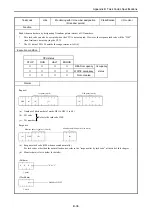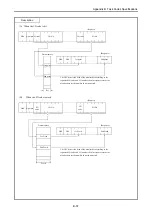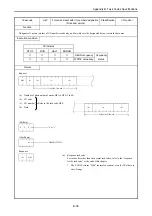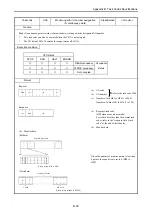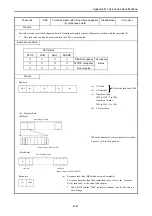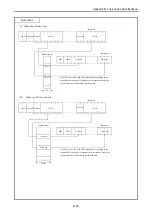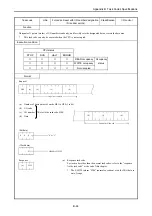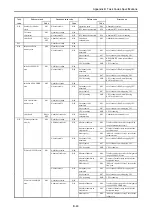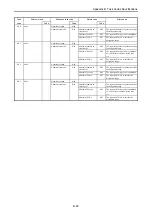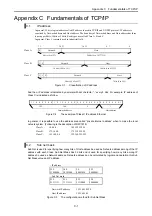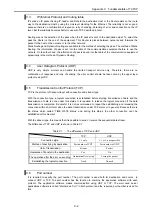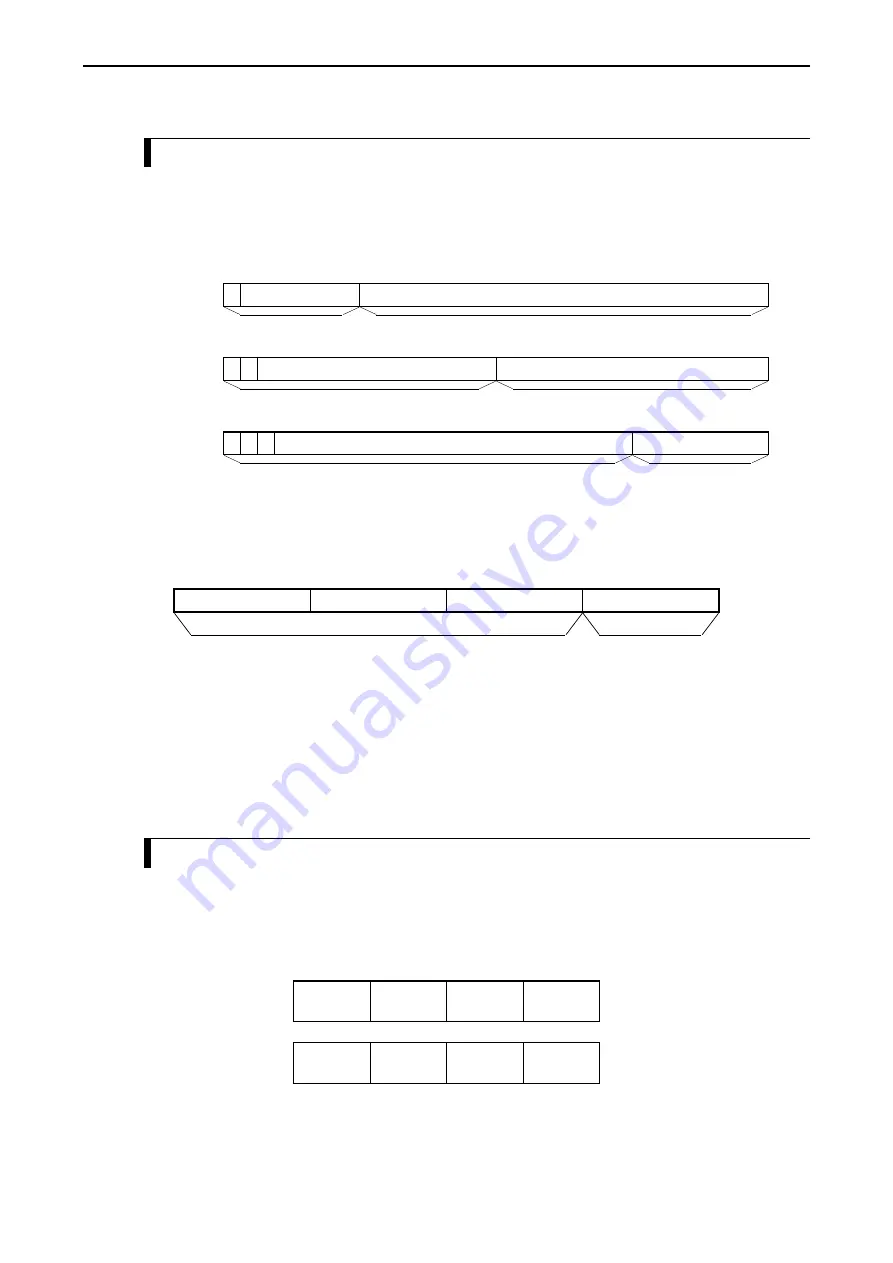
Appendix C Fundamenntals of TCP/IP
Appendix C Fundamentals of TCP/IP
C.1 IP
address
In general, 32 bits logical address called IP address is used in TCP/IP and UDP/IP protocol. IP address is
consisted by Network address and Host address. The boundary of Network address and Host address has three
types upper 8bits, 16bits or 24bits. Each types are called Class A, B and C.
In general, Class C is mainly used in industrial field.
31
24
23
16 15
8
7
0
Class A
0 Network
Host
8bits (0 to 127)
24bits (0 to 16777212)
Class B
1 0
Network
Host
16 bits (128 to 191)
16 bits (0 to 65532)
Class C
1 1 0
Network
Host
24 bits (192 to 223)
7 bits (0 to 255)
Figure C.1
Classification of IP address
And then, IP address is indicated by decimal with dot character “.” every 8 bits. For example, IP address of
Class C is indicated as follow.
1
1
0
0
0
0
0
0
1
0
1
0
0
0
0
0
0
0
0
0
0
0
0
0
0
0
0
0
0
0
0
1
192.
168.
0.
1
Network address
Host address
Figure C.2
The example of Class C IP address Ethernet
In general, it is possible to use the address area called “private internet address” when to make the local
network system. (Following is the description of RFC1918)
Class A :
10.0.0.0 -
10.255.255.255
Class B :
172.16.0.0
-
172.31.255.255
Class C :
192.168.0.0 -
192.168.255.255
C.2
Sub net mask
Sub Net is used for specifying how many bits of Host address be used as Network address among of the IP
address with each Class. Sub Net Mask has 32 bits and is used for specifying how many bits among IP
address be used as Network address. Network address can be calculated by logical and operation this Sub
Net Mask value and IP address.
- IP address
192. 168. 10. 129
11000000 10101000 00001010 10000001
- Sub Net mask
255. 255. 255. 128
11111111 11111111 11110000 10000000
- Network IP address
192.168.10.128
- Host IP address
192.168.10.1
Figure C.3
The configuration method for Sub Net Mask
C-1

